Optimal Timing for Creaky Floor Repairs
Creaky floor repairs are most effectively performed during periods of stable humidity and moderate temperatures. These conditions help ensure that wood and other materials expand and contract minimally, reducing the risk of further damage or misalignment. Typically, late spring and early fall are considered optimal times due to milder weather patterns.
Repairing floors during seasons with consistent humidity minimizes expansion and contraction, leading to longer-lasting fixes.
Extreme temperatures or humidity levels can exacerbate creaking issues, making repairs less effective if performed during such times.
Scheduling repairs in periods of moderate weather reduces the likelihood of future creaking caused by environmental shifts.
Using dehumidifiers or humidifiers indoors can help maintain stable conditions, facilitating better repair outcomes.
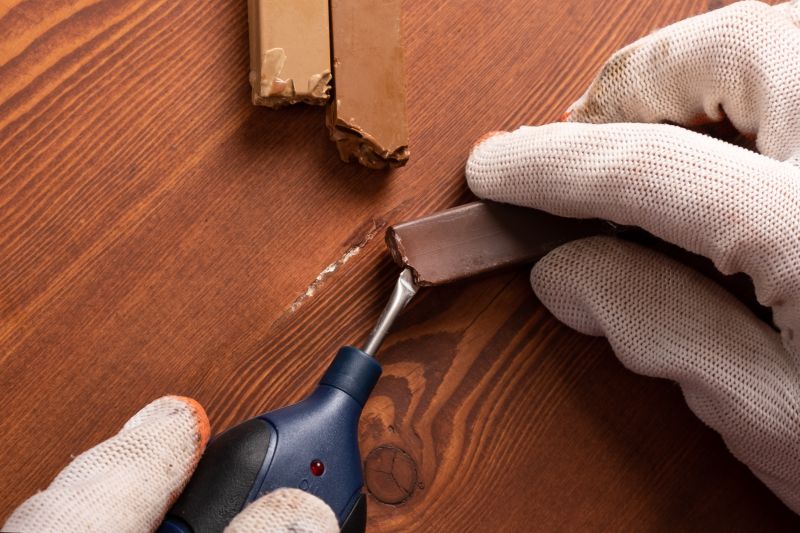
A professional inspecting a creaky wooden floor with tools in hand.
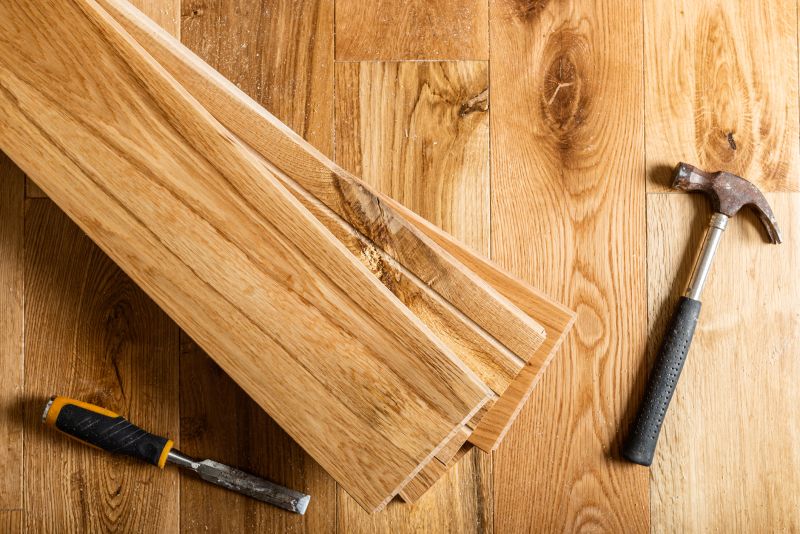
Various tools used for fixing creaky floors, including pneumatic nailers and shims.
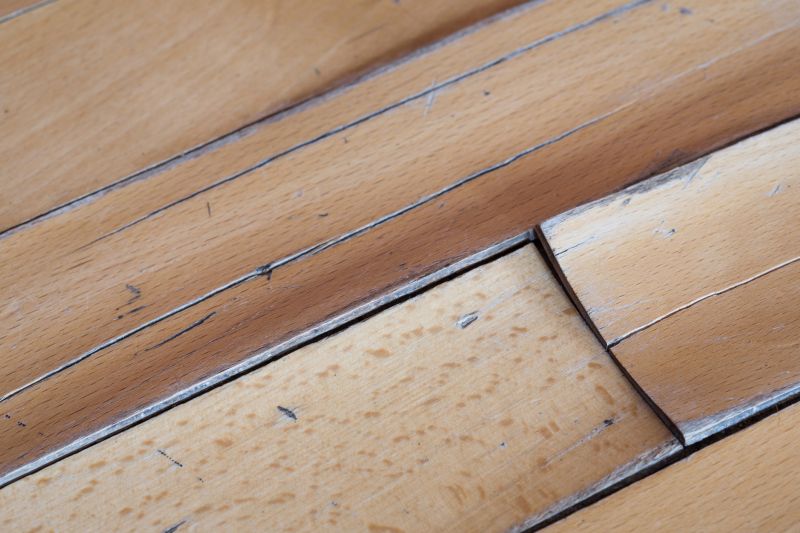
A close-up of a creaky, uneven wooden floor surface.

Ways to make Creaky Floor Repairs work in tight or awkward layouts.
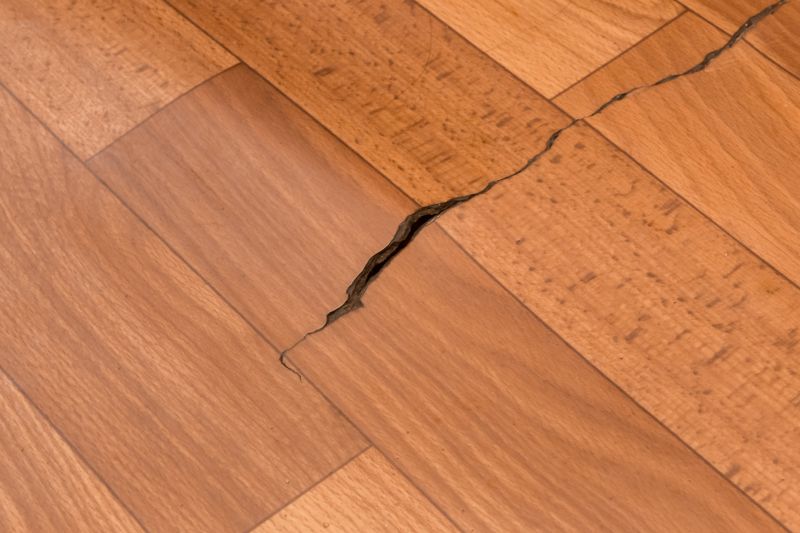
Popular materials for Creaky Floor Repairs and why they hold up over time.
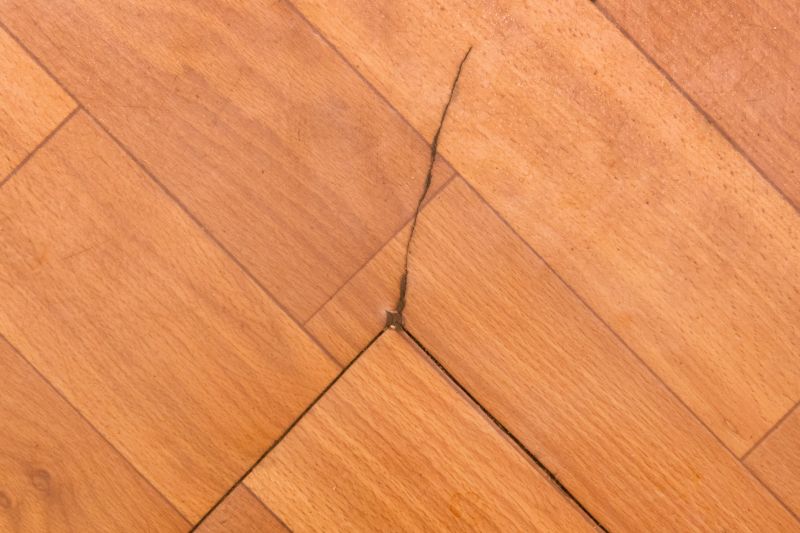
Simple add-ons that improve Creaky Floor Repairs without blowing the budget.
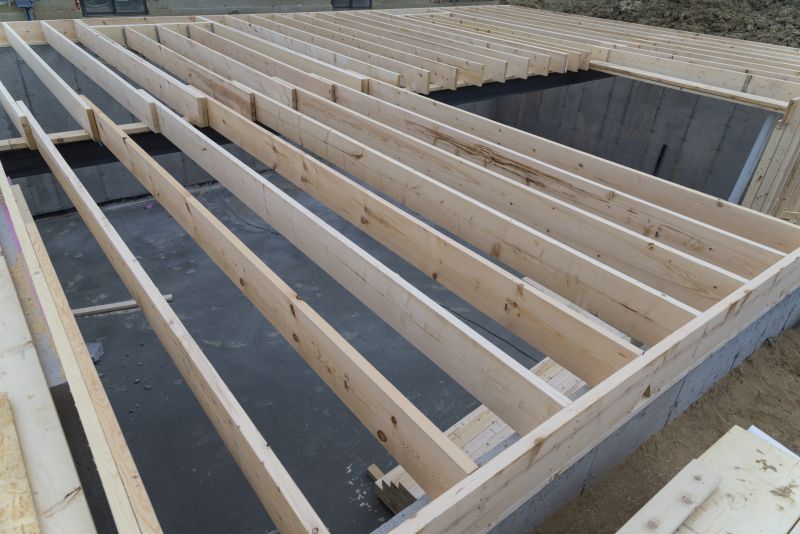
Inspecting floor joists for signs of wear or damage.
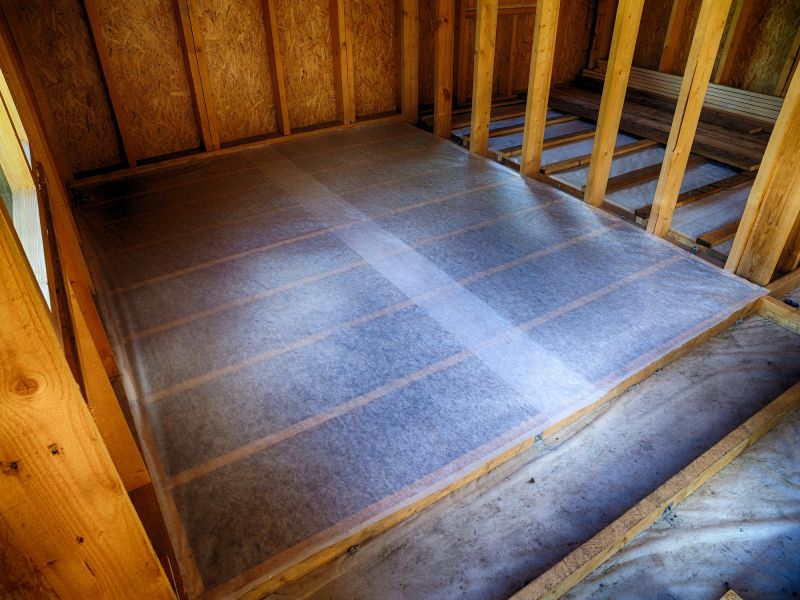
Adding support to stabilize sagging or shifting floors.
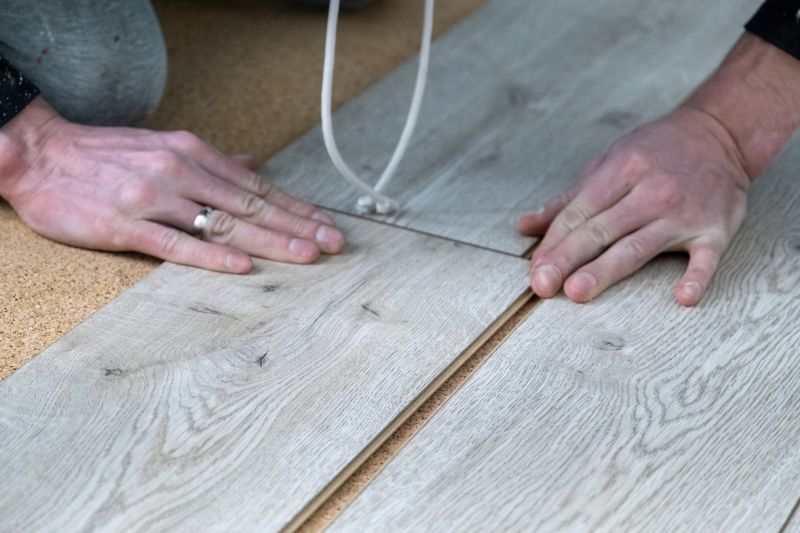
Using shims to level uneven floorboards.

Fastening loose floorboards to eliminate creaks.
| Factor | Impact on Creaky Floor Repairs |
|---|---|
| Humidity Levels | High or low humidity can cause wood to expand or contract, leading to creaking. |
| Temperature | Extreme temperatures accelerate material movement, affecting repair longevity. |
| Floor Age | Older floors tend to have more issues with loose boards and structural shifts. |
| Building Occupancy | High traffic areas may experience faster deterioration and more frequent creaking. |
| Previous Repairs | Poorly executed past repairs can contribute to ongoing creaking issues. |
| Material Quality | Lower-quality materials are more prone to movement and damage. |
| Structural Integrity | Weak or compromised supports increase the likelihood of creaking. |
